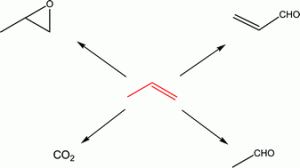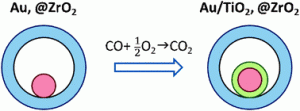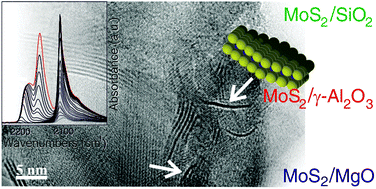In one of the very first published papers in Catalysis Science & Technology, Graham Hutchings and co-workers investigate how changing the metal ratio and heating affects the structure and activity of copper gold catalysts. Find out the results here.
 Understanding the effect of thermal treatments on the structure of CuAu/SiO2 catalysts and their performance in propene oxidation
Understanding the effect of thermal treatments on the structure of CuAu/SiO2 catalysts and their performance in propene oxidation
Charlotte L. Bracey, Albert F. Carley, Jennifer K. Edwards, Peter R. Ellis and Graham J. Hutchings
Catal. Sci. Technol., 2011, Advance Article DOI: 10.1039/C0CY00003E, Paper












 MoS2 is a widely used catalyst in hydrotreatment processes, like hydrodesulfidation (HDS) and CO hydrogenation, for the production of cleaner fuels in the oil refining industry.
MoS2 is a widely used catalyst in hydrotreatment processes, like hydrodesulfidation (HDS) and CO hydrogenation, for the production of cleaner fuels in the oil refining industry.



 Oxidative, photo-activated TiO2 nanoparticles in the catalytic acetylation of primary alcohols
Oxidative, photo-activated TiO2 nanoparticles in the catalytic acetylation of primary alcohols